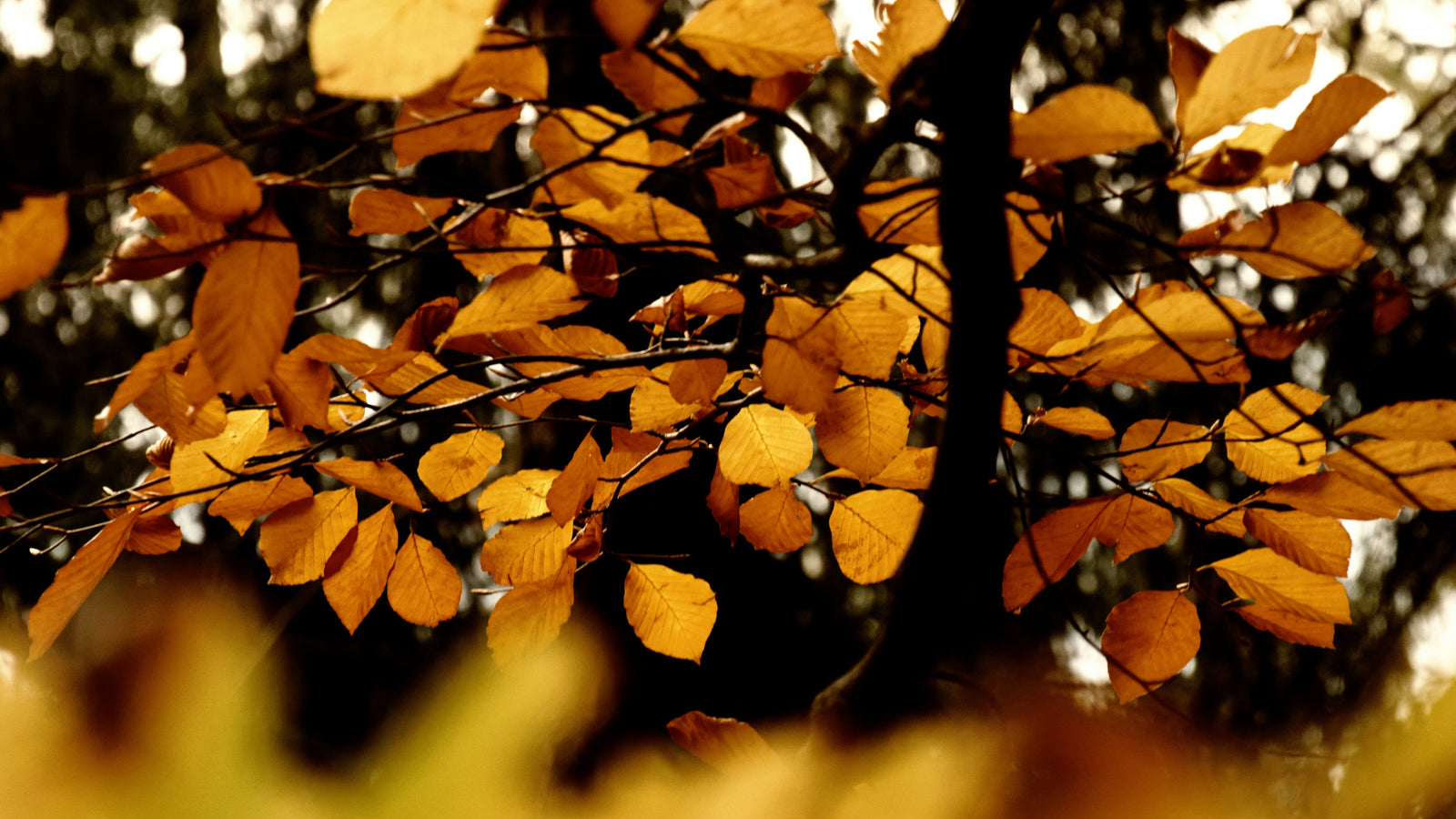What to do with all those leaves?

During my childhood every year at my family’s rural home, we would rake up leaves from the yard. Jumping in them was a great reward for all the hard work, (even if it mildly defeated the purpose), even going so far as to rake them under a tree swing and jump from the swing. It’s amazing there were no broken bones from doing this. Then the leaves were raked into the woods.
But not everyone rakes them into the woods. What if you don’t have woods, or the woods are too far away? It’s easy to wait for a dry day and set fire to the leaves and dead branches. Aside from spoiling any freshly-hung laundry or letting the fire get out of control, what’s the harm, right? Well, this tradition of making burn piles and setting them on fire can be pretty hard on your lungs.
The act of burning this dead vegetation generates landscape fire smoke, or LFS. In lots of places around the world, it’s not just burning a pile of dead leaves; it can be an annual incineration of hundreds or thousands of acres of spent crop vegetation, in order to prepare for a new growing season. This is often called slash-and-burn agriculture, and it has very detrimental effects on residents who live around the area, especially the very young and elderly.
To replicate this exposure and document its effects in more detail, a study used young mice and exposed them to LFS PM10 and studied their lung and heart function. Mice with short-term/moderate LFS PM10 airway exposure exhibited impaired cardiac function.
The study was the first to show a causal link between LFS PM10 airway exposure and cardiac dysfunction, and, importantly, the findings were observed after only 3 days of daily LFS PM10 airway exposure. PM10 are relatively large particles, but it’s an indicator of smaller, ultrafine particles that pass through the walls of the lung alveoli (tiny air sacs at the end of the air tubes in the lungs, where the lungs and the blood exchange oxygen and carbon dioxide during the process of breathing in and breathing out). Since the heart is affected by these ultrafine particulates via the bloodstream, most other major organs of the body, such as the gastrointestinal system, can also be affected, but these were not studied. For more information on ultrafine particles, check out our article here.
So, although making a bonfire of leaves and branches is fun and mesmerizing to watch, you may think twice about when and where you do it, because children and elderly downstream of the fire, especially those with asthma, may have a really bad response to it, even warranting a visit to the emergency room. Getting rid of leaves and vegetation is definitely not worth that! So, mulching them and leaving them in place as fertilizer, or raking them into compost piles, would be a much healthier way to clean up and recycle.
Photo by Wilfried Santer on Unsplash






